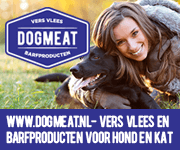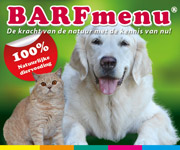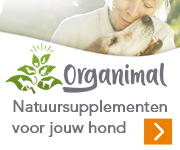Lizzy schreef:
Alleen hier al om, om uit te vinden hoeveel je ervan moet geven, pfft dat is zo lastig! Ik snap dat dit voor jullie anders ligt. Je hebt natuurlijk niet de beschikking over de soorten vleesbotten die wij hebben. Jammer, dat jullie geen kip meer kunnen krijgen... Zou het nog een optie zijn om zelf kip te houden? (of stel ik dan een rare vraag..?).
Nee hoor, geen rare vraag, we hebben dat ook overwogen, net als varkens. Stef heeft een tjidje wat kippen gehad, helaas braken de honden uit en de rest laat zich raden. De honden leven in soort van speelweides, maar die zijn niet waterdicht en als ze willen staan ze zo buiten. We hebben ook gewoon teveel kippen nodig om ze zelf te gaan houden.
Ik heb wel nog een vraag, hoe zit het met teveel calcium voeren van eierschalen? Scheiden ze dat gewoon uit? Dan kunnen we vrij ruim gaan geven, of is dat niet verstandig om de een of andere reden. Ik begrijp het als er geen zekerheid bestaat hierover hoor en dat we er uiteindelijk vanzelf achter zullen moeten gaan komen, maar alle ideeen of ervaringen of theorieen helpen!
Vandaag krijgen ze hun eerste portie, morgen zien we hoe dat bevallen is.






